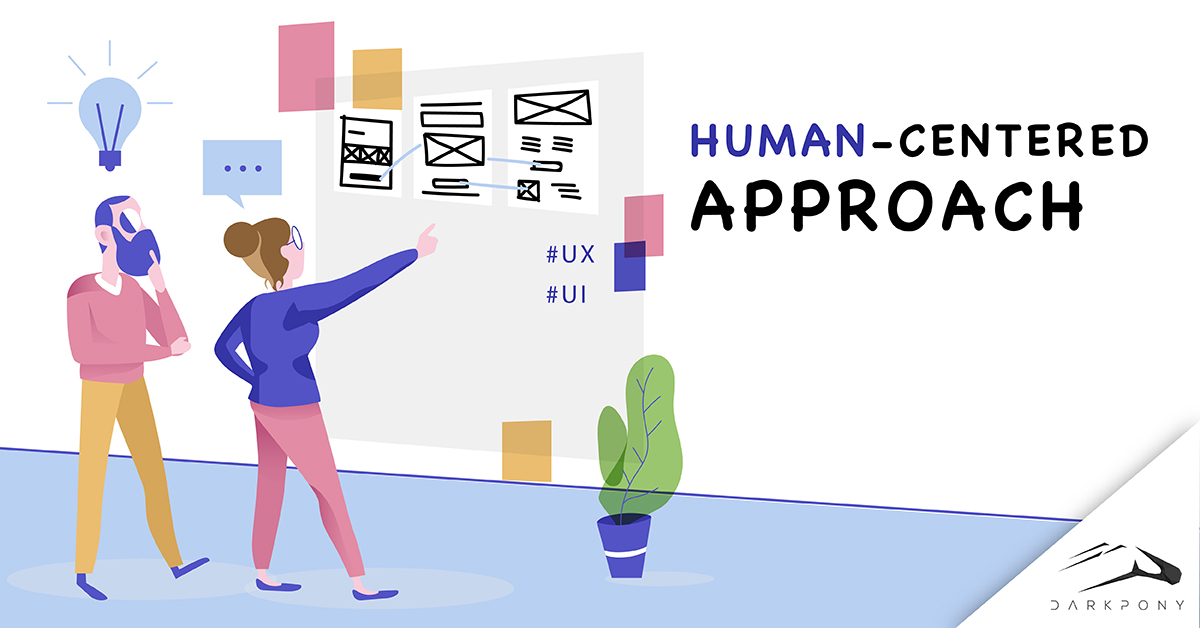


An effective web design is visible when it focuses in functionality and provides a complete experience to the visitors. Many designers cannot understand the importance of human-centered (anthropocentric) design, but for a true designer it is important to take into consideration human behavior and habits.
What does human-centered design mean?
Every website has its audience. When a user enters a web page he/she wants to solve a problem. For that reason, the users should be able to find a solution or what they are searching for as quickly and easily as possible. In order to produce a correct design, different views, ideas and comments of the audience (to which we want to address to) should be collected, in order to understand the way they approach the whole process and how they usually navigate inside a webpage.
Putting theory into practice!
Once the final idea have been decided by all members of the group, follows the implementation of the web page. It may sound like the easiest part of the process, but that is not the case. Throughout the production process, tests and appropriate corrections are carried out in order to reach an optimum result. This part of the process, however, requires not only a lot of testing, it is necessary for the designers as well, as it helps them to stay up-to-date about changes in the preferences and needs of the users. Additionally, the design idea should be easily understood through the different changes it will get through, but not be far from its original version.
A truly successful design must be both user-friendly and technical. The best way to achieve this is for designers to constantly listen to the world and reconcile their original design to the needs of the users. Only through this process designers can develop a website that can be characterized as human-centred.